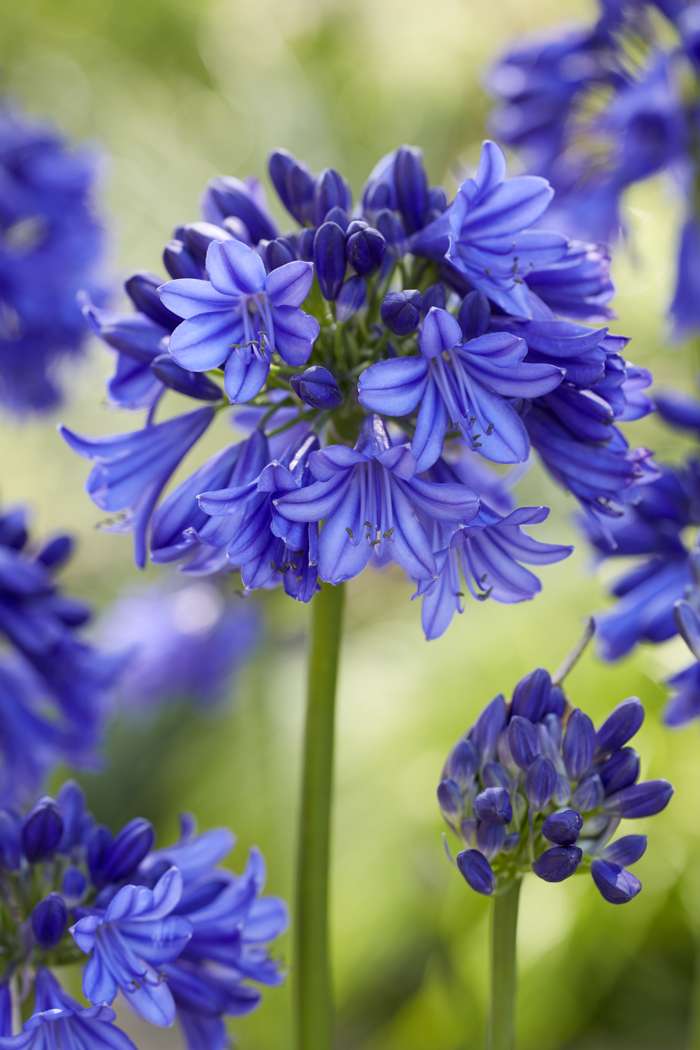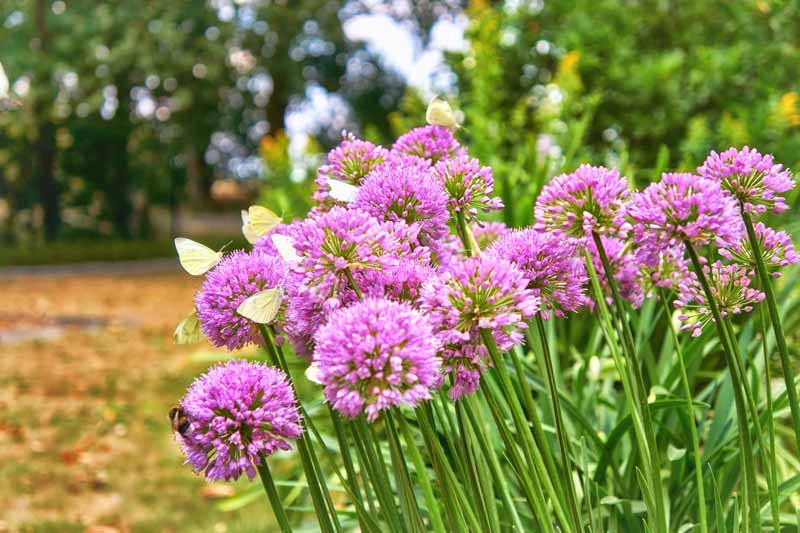Agapanthus Buddy Plants: Perfect Pairings for Your Garden
Agapanthus Buddy Plants: Perfect Pairings for Your Garden
Blog Article
Unleashing the Secret to Effective Agapanthus Farming: Idea for a Flourishing Garden
In the world of gardening, cultivating agapanthus efficiently requires a calculated strategy that incorporates different aspects of plant care. With careful focus to information, one can unlock the keys to nurturing these magnificent flowers, leading to a yard that prospers with elegance and vibrancy. By recognizing the subtleties of agapanthus cultivation, one can create an atmosphere where these plants grow and grow generously. In the following discussion, we will certainly discover crucial ideas and techniques that will certainly guide you towards a flourishing agapanthus yard, using insights right into ideal methods, dirt conditions, watering techniques, and much more.
Growing Agapanthus: Best Practices
When planting Agapanthus, appropriate soil prep work is vital for guaranteeing effective development and growth of these beautiful blossoms. Agapanthus, commonly recognized as Lily of the Nile or African lily, grows in well-draining soil with a slightly acidic to neutral pH level - Agapanthus. Before planting, it is critical to amend hefty clay dirts with raw material such as compost or peat moss to improve drainage and give essential nutrients for the plants
To plant Agapanthus, select an area that receives complete sunshine to partial shade, as this will promote healthy development and abundant flowering. Dig an opening two times the size of the plant's root ball and put the Agapanthus at the exact same deepness it was formerly expanding. Delicately backfill the opening with soil, weighing down strongly to get rid of any type of air pockets around the origins.
Water the freshly planted Agapanthus thoroughly and remain to maintain the dirt equally moist, especially during the plant's energetic growing period. Agapanthus. Using a well balanced fertilizer once a month can further support the plant's development and blooming. By adhering to these ideal methods for growing Agapanthus, you can develop a spectacular display of these captivating flowers in your garden
Perfect Dirt Conditions for Agapanthus
For ideal growth and blooming success of Agapanthus plants, making certain the soil conditions are excellent is vital. Agapanthus chooses soil that is rich in nutrients, so including a balanced plant food throughout the expanding period can promote healthy growth and lively blooms.

Watering and Feeding Tips
To make certain healthy and balanced development and vivid blossoms, correct watering and feeding methods are necessary for effective Agapanthus growing. Agapanthus plants gain from routine watering, particularly during the growing season. It is suggested to water deeply when a week, guaranteeing the soil is moist yet not saturated. Throughout hot weather or in pots, like it even more regular watering may be required to avoid the soil from drying totally.
When it concerns fertilizing Agapanthus, a well balanced plant food with equal parts nitrogen, phosphorus, and potassium can be used in the springtime to promote healthy and balanced growth and blooming. Slow-release fertilizers are optimal for giving nutrients gradually over an extensive period. Stay clear of over-fertilizing, as this can cause excessive vegetation growth at the expenditure of blooms.
In addition, incorporating raw material like compost into the soil can boost nutrient levels and improve dirt framework, helping in the overall health and wellness of the Agapanthus plants. By following these watering and feeding suggestions, gardeners can guarantee their Agapanthus plants thrive and create stunning screens of blossoms.
Pruning and Deadheading Strategies
Appropriate pruning and deadheading strategies play an essential role in keeping the health and aesthetics of Agapanthus plants, complementing the crucial techniques of watering and feeding for successful growing. Pruning Agapanthus includes getting rid of spent blossom heads, dead or yellowing leaves, and general shaping of the plant to promote much better development. Deadheading, the process of eliminating faded blossoms, not only boosts the plant's appearance however additionally motivates more flowering.
When deadheading Agapanthus, it is suggested to trim off the flower stem at the base utilizing sharp, tidy shears. This process reroutes the plant's power from seed production linked here back right into root and foliage growth, promoting a healthier and extra robust plant. Normal deadheading can expand the blooming period of Agapanthus and stop self-seeding, which can bring about overcrowding.
In regards to trimming, Agapanthus normally gain from a light trim after flowering to clean the plant and encourage fresh growth. Reducing the invested blossom stems and getting rid of any kind of broken or dead vegetation assists preserve the plant's vigor and general appearance. However, it is vital to prevent cutting into the crown of the plant, as this can weaken its wellness.

Protecting Agapanthus From Pests and Diseases
Executing effective parasite and illness administration strategies is crucial to guarding the health and wellness and vitality of Agapanthus plants in farming. Agapanthus are normally sturdy plants, but they can still find more info succumb numerous bugs and diseases otherwise correctly taken care of. One usual insect that affects Agapanthus is the Agapanthus borer, a caterpillar that passages right into the plant, creating damages to the flowers and fallen leaves. To avoid infestations, routine examination of the plants is necessary. If borers are detected, they can be manually removed, or insecticidal soap can be utilized as a control action.
In enhancement to parasites, Agapanthus are at risk to diseases such as root rot and fungal leaf areas. By staying vigilant and resolving insect and disease issues without delay, garden enthusiasts can aid their Agapanthus flourish and thrive.

Conclusion
To conclude, effective farming of agapanthus needs correct growing strategies, optimal dirt problems, sufficient watering and feeding, regular pruning and deadheading, and security from diseases and bugs. By following these tricks and ideas, garden enthusiasts can make certain a flourishing yard loaded with stunning agapanthus blooms. Agapanthus. Bear in mind to maintain constant treatment and focus to information to advertise the health and durability of these magnificent plants
When planting Agapanthus, proper soil prep work is essential for making sure effective growth and development of these stunning flowers.Water the newly planted Agapanthus completely and continue to maintain the dirt equally moist, particularly during the plant's active growing season.For optimal growth and blooming success of Agapanthus plants, guaranteeing the soil conditions are optimal is important. When planting or hair transplanting Agapanthus, guarantee the dirt is well-prepared to give the required foundation for the plants to establish themselves effectively. One common pest that impacts Agapanthus is the Agapanthus borer, a caterpillar that tunnels right into the plant, triggering damage to the fallen leaves and blossoms.
Report this page